As games increase in popularity, it’s harder to come up with a unique or different concept. Often times games that attempt this either fall short or run into rather fundamental problems that stem from either being first or other developers having the forethought to avoid such concepts for the reasons it failed. Where Disintegration falls into the mix is, despite being a real-time strategy game, there is a first-person shooter and flying element to combat. It’s a lot to take in and plenty to learn, but is it all worth the hassle?
Disintegration starts by introducing a rather interesting sci-fi plot. Due to dwindling resources, scientists created a way to transfer human consciousness to a robot body, to offload some demand. Eventually, a group appeared that wanted to force humanity to ‘integrate,’ ultimately leading to the rise of resistance groups. In this adventure you play as Romer Shoal, who leads a group of outlaws, working to get back their bodies and rise up against the oppressive group.
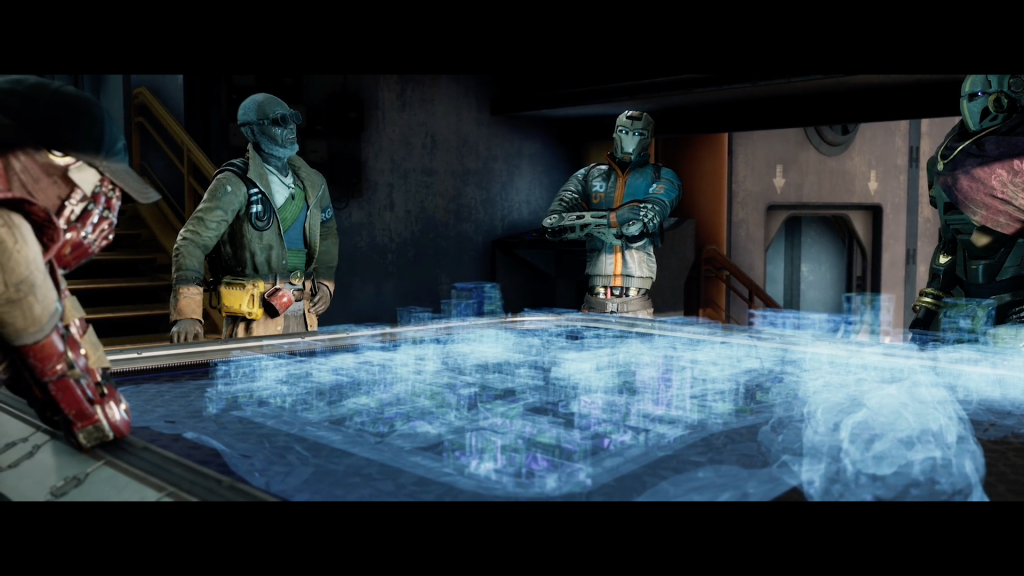
Unfortunately, it isn’t long before the adventure starts to focus less on the overarching narrative and covers the usual time sinks. We need supplies from this place, so take these people to get them or they’re blocking communications and will continue to do so unless you destroy the item blocking it. As important as these are to the narrative, I mean, you can’t just join a resistance group and overthrow your oppressors, it lacks a hook and is honestly held even further back by frustrating gameplay.
As mentioned above, Disintegration attempts to combine first-person shooting elements with real-time strategy, yet fails to handle both particularly well. At this point we should probably highlight, our review is based on the PlayStation 4 version and those playing with a keyboard and mouse will likely have a more positive experience than us. That said, the problems are actually rather simple, yet hard to really change.
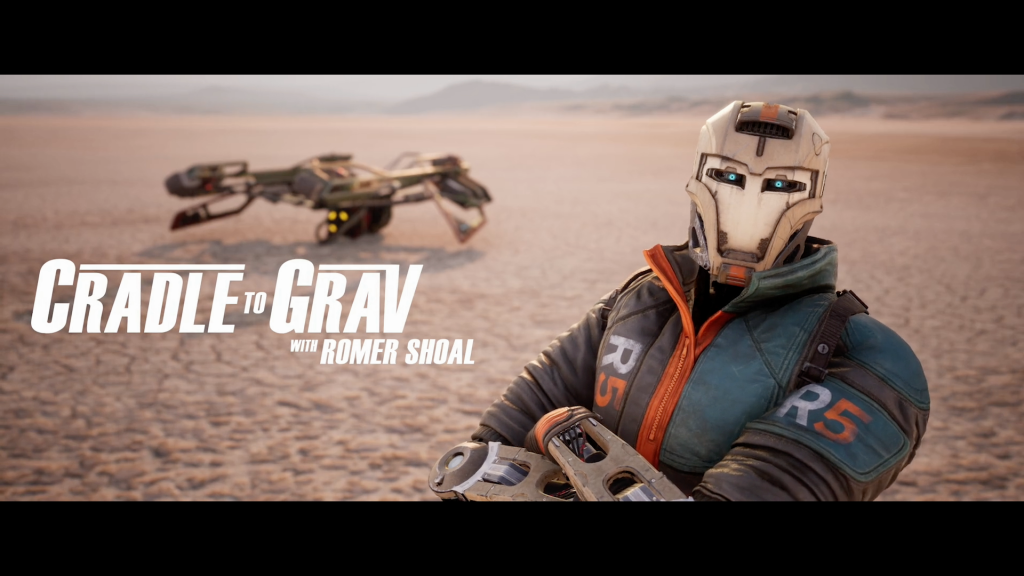
Due to the first person mechanics, not only does your involvement have a first-hand impact on your group’s success as much as failure. Enemies will shoot you, certain levels will have annoying mechanics that force you to stay in specific locations, your death is ultimately what will determine success or failure and you’ll need to stay alive while giving orders.
Despite being a split experience, the real-time strategy portion is more important than any kind of dynamic combat. Sure, I can chase after enemies, open fire and ideally kill a couple, but you’ll struggle more doing that than simply targeting hostile forces and planning your next move. But, therein lies one of the problems with using a controller or at least the controls in Disintegration.
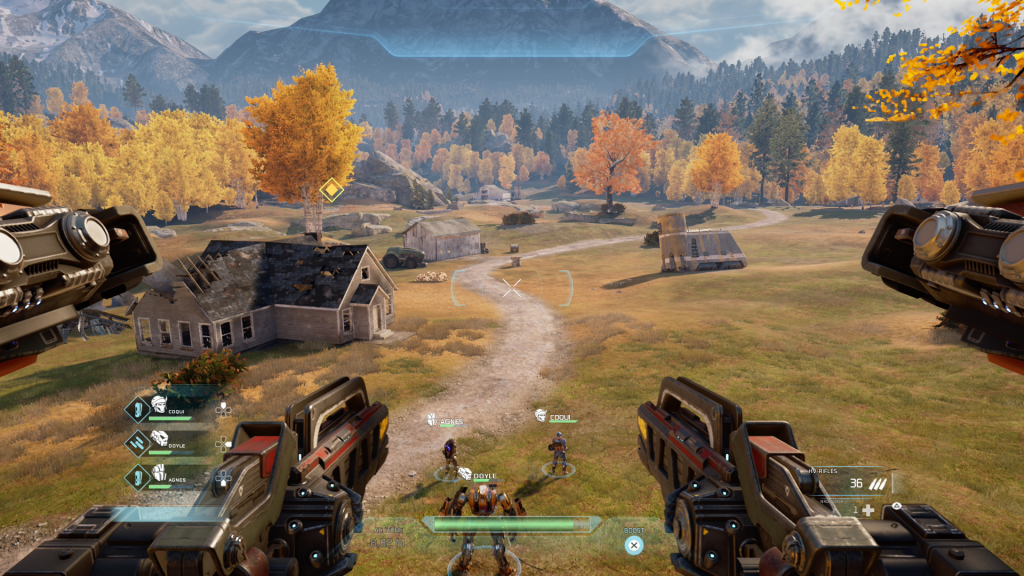
For whatever reason, the position and target buttons are the same, I often found myself telling allies to go to different locations when I wanted to target a specific enemy. This happens when you click the wrong spot, either due to the enemy moving or poor control, potentially leading to your troops being in a rough spot. But, outside of that, the core idea is there, it just isn’t particularly fun.
As previously mentioned, Romer Shoal can also fight, yet it doesn’t feel like you make much of a difference. With enemies can heal through your attacks, certain enemies can drop you faster than they can drop you and limited damage types, the first person elements seem more like a novelty than anything else. In most cases, even without coordinating attacks, telling an ally to throw a bomb or slow field over a specific location will have far more of an impact than your ability to shoot down a spot.
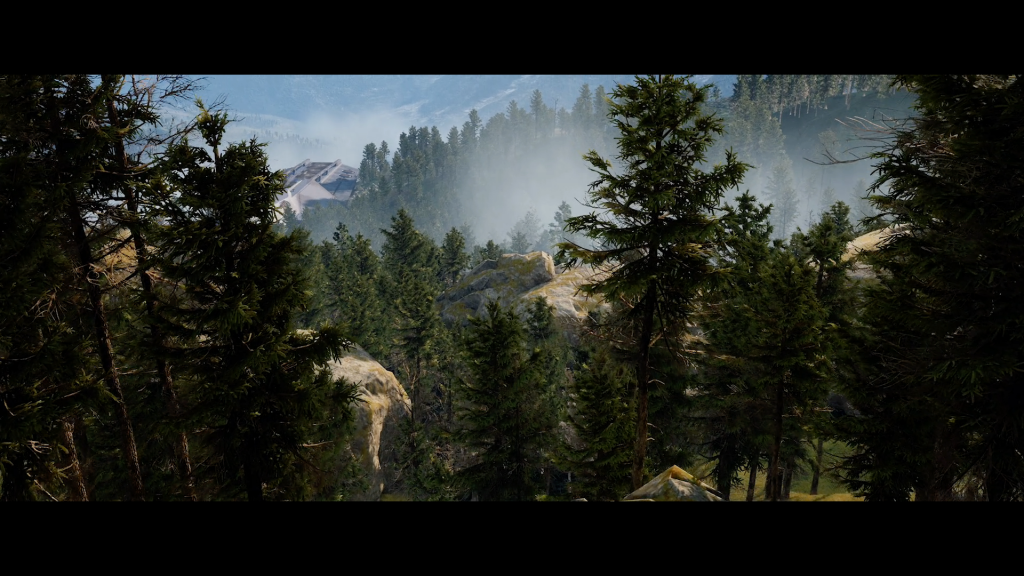
Eventually, you learn the first person mechanics are more of a cumbersome way to force you into combat. I can’t focus on tactics, as I’m a potential target, fallen enemies fail the mission if not retrieved in 30 seconds, aforementioned mechanics sometimes force you into specific locations and more make it hard to tell allies to open a health container, hide behind a rock or rush specific foes. It’s unfortunate because slower parts have their moments but anything, where you fight waves of enemies or more complicated units, is extremely frustrating. Especially when you can be overwhelmed and die in moments, even on normal.
To make matters worse, missions are fairly long for what they are. With minimal exploration and failure, we were averaging about 45 minutes a mission. Part of this honestly is how a lot of missions are constructed.
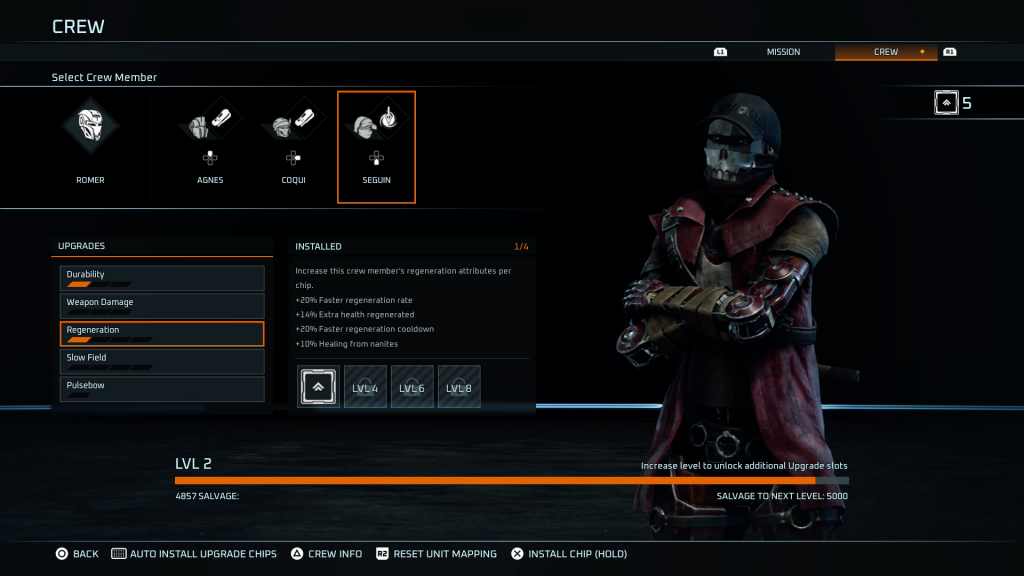
More often than not, missions are filled with parts to make the area feel big, followed by dense locations with enemies. You might run through five or six enemy locations before getting to the end, making things more predictable and boring than you might think. Thankfully, some of the locations are actually nice looking and have some cool details, like the graveyard shootout, yet other times it just feels really mechanical. Go here, look for supplies, move forward, fight, repeat. For some, this might be enough but for others, not so much.
Disintegration Verdict
While some people will probably like Disintegration, it honestly doesn’t have much going for it. It’s a first-person shooter where you feel like that teammate that’s there, but not really doing anything and a real-time strategy that is hard to control and doesn’t give you very many options. Combine these with a story that relies on a cool premise to get past generic missions and you have an underwhelming experience. Online might be enough to save this long term or anyone looking for unique experience but for most people, you’re probably going to just get frustrated.
[Editor’s Note: Disintegration was reviewed on PS4 platform. The game was provided to us by the publisher for review purposes.]
